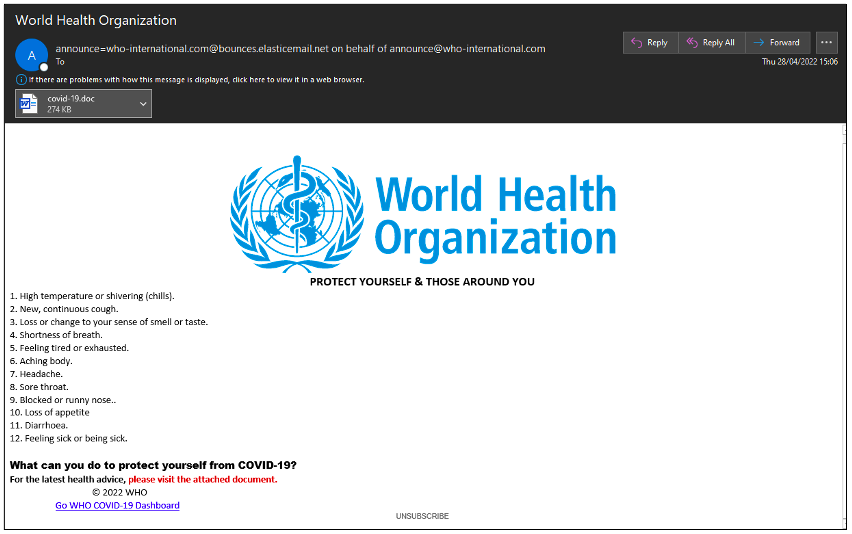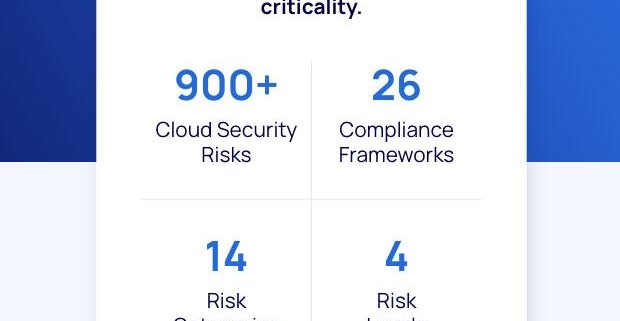Ongoing VMware ESXi Ransomware Attack Highlights Inherent Virtualization Risks
Organizations using older versions of VMWare ESXi hypervisors are learning a hard lesson about staying up-to-date with vulnerability patching, as a global ransomware attack on what VMware has deemed “End of General Support (EOGS) and/or significantly out-of-date products” continues.
However, the onslaught also points out wider problems in locking down virtual environments, the researchers say.
VMware confirmed in a statement Feb. 6 that a ransomware attack first flagged by the French Computer Emergency Response Team (CERT-FR) on Feb. 3 is not exploiting an unknown or “zero-day” flaw, but rather previously identified vulnerabilities that already have been patched by the vendor.
Indeed, it was already believed that the chief avenue of compromise in an attack propagating a novel ransomware strain dubbed “ESXiArgs” is an exploit for a 2-year-old remote code execution (RCE) security vulnerability (CVE-2021-21974), which affects the hypervisor’s Open Service Location Protocol (OpenSLP) service.
“With this in mind, we are advising customers to upgrade to the latest available supported releases of vSphere components to address currently known vulnerabilities,” VMware told customers in the statement.
The company also recommended that customers disable the OpenSLP service in ESXi, something VMware began doing by default in shipped versions of the project starting in 2021 with ESXi 7.0 U2c and ESXi 8.0 GA, to mitigate the issue.
Unpatched Systems Again in the Crosshairs
VMware’s confirmation means that the attack by as-yet unknown perpetrators that’s so far compromised thousands of servers in Canada, France, Finland, Germany, Taiwan, and the US may have been avoided by something that all organizations clearly need to do better — patch vulnerable IT assets — security experts said.
“This just goes to show how long it takes many organizations to get around to patching internal systems and applications, which is just one of many reasons why the criminals keep finding their way in,” notes Jan Lovmand, CTO for ransomware protection firm BullWall.
It’s a “sad truth” that known vulnerabilities with an exploit available are often left unpatched, concurs Bernard Montel, EMEA technical director and…





